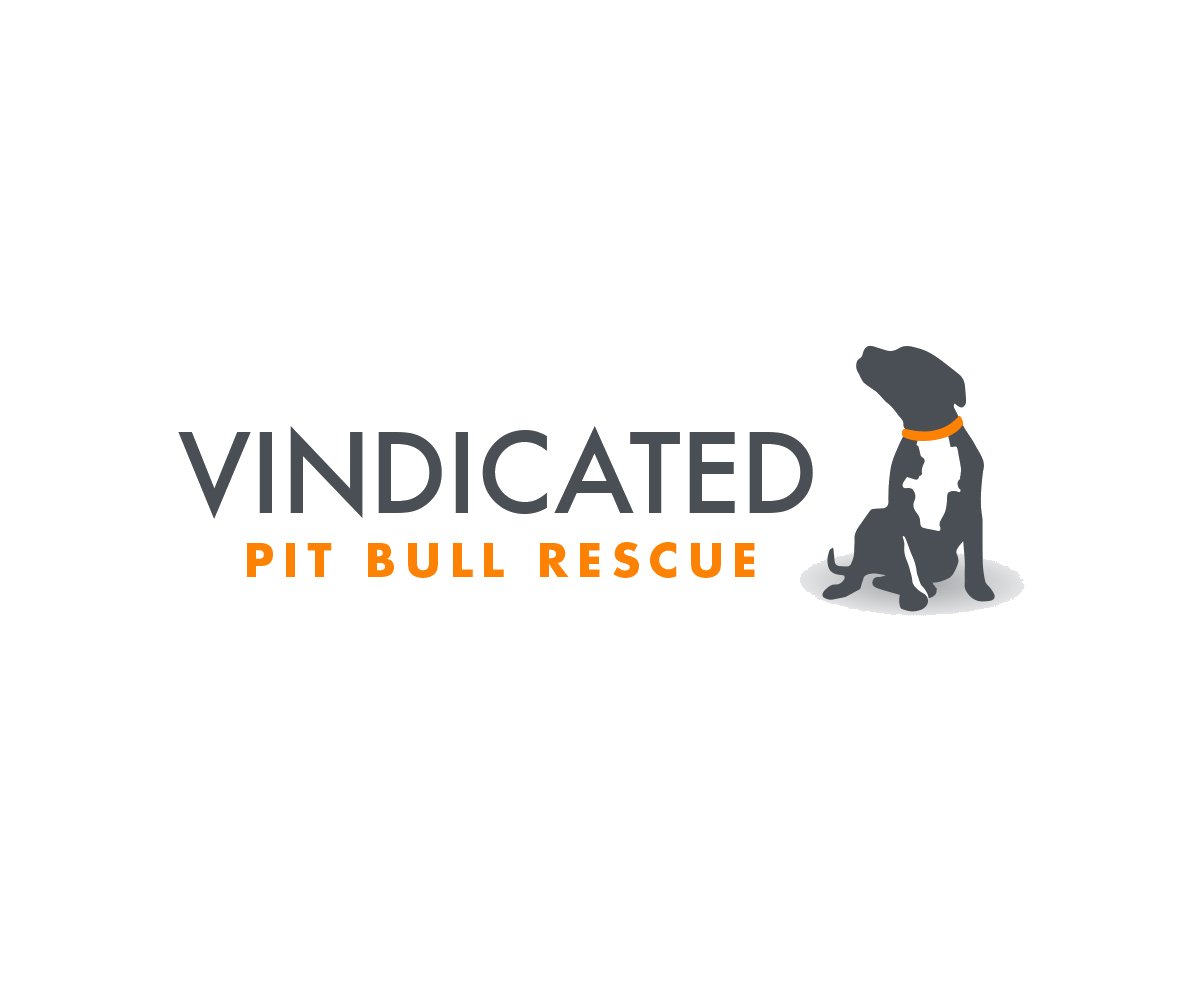National Train Your Dog Month and It's OK to Settle For A Polite Dog
January is National Train Your Dog Month, and as of today there’s a little more than a week left to “celebrate”. By “celebrate” I mean engage with your dog to either teach him something new or practice things he might need to brush up on. There’s even a website dedicated to the month called Trainyourdogmonth.com that has some really great tips for “real life” training that’s worth reading.
Training is one of those things that means different things to different people. Some people want their dogs to know, and respond to, basic commands. Some people want their dogs to have a higher level of obedience skills. Still others want to be able to show off tricks to an audience or participate in dog sports like agility or dock diving. And some people, like me, just want their dogs to have good manners. I don’t really need them to execute a flawless heel, or down stay until I release them.
No matter what your definition of training is, just remember a couple of key points that apply to all of them:
Practice/use the skills you want your dog to remember daily, in real life environments. That could mean asking for a sit before you cross the street when out on walks. It could mean waiting to be told it’s ok to eat when you put the bowl down at meal time. Or, at my house, it means keeping my spot on the couch warm until I’m ready to sit down and moving the first time I ask them to. Bonus ear skritches if they move when they see me coming, before I ask. Whatever it means, be consistent.
Training should be fun for you and your dog. If it’s not, identify the reason why, and change it. For example, if you’re relying on a prong collar to control your dog during walks, try switching to a Freedom Harness (we’ll even trade your prong/choke collar for a harness FOR FREE). Or try exercising your dog before your walk so you aren’t expecting him to tamp down stored energy in order to walk nicely on the leash.
Remember, you get to decide what you want your dog to learn. If you hire a trainer, tell him/her what’s important to you, and let the trainer teach you and your dog the skills you both need to achieve it. Also, the training industry is largely unregulated, and just because someone says they use pain/force/fear free methods doesn’t mean they do. Too many use aversive methods, even when they use all of the right buzz words on their website. If you don’t like the way a trainer tells you to handle your dog, hire someone else.
You get to decide what success looks like. If your dog walks a little bit ahead of you, but doesn’t pull on the leash, it’s OK to practice that and maintain it, regardless of what anyone else thinks. I call that walking politely on leash, and it’s OK to be happy with that.
I don’t know who this dog is, I just really like the picture. Found on Pinterest.

